The plan to merge Dong Son district into Thanh Hoa city has been postponed until 2024 or 2025 due to waiting for the general urban planning and arrangement of communes and wards.
On June 15, Mr. Le Anh Xuan, Secretary of the Thanh Hoa City Party Committee, said that Dong Son district was originally planned to merge into Thanh Hoa City in July 2023. However, the plan had to be postponed until 2024 or 2025.
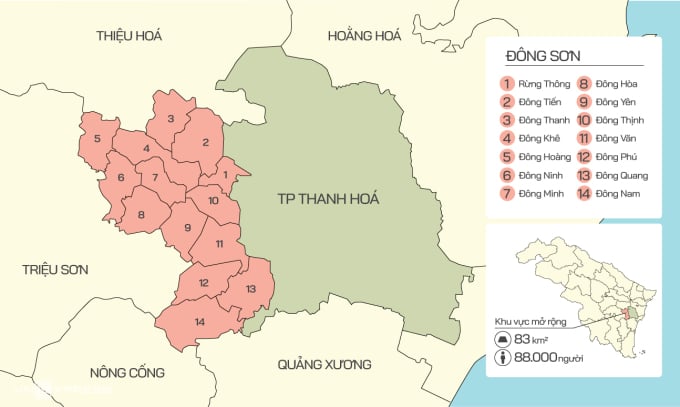
The new Thanh Hoa urban area will include Dong Son district. Graphics: Tien Thanh
In March, the Prime Minister signed a decision approving Thanh Hoa urban area. According to Mr. Xuan, this is the basis for the province to develop and adjust the project and implement the merger process. The People's Committee of the city and Dong Son district are urgently reviewing the procedures and criteria for a first-class urban area and establishing wards on a commune-based basis. Currently, many communes and wards do not meet the criteria, so the administrative units must be rearranged.
Thanh Hoa plans to propose two options to the National Assembly Standing Committee. The first is to merge Dong Son district into the city, keeping the current status of communes and wards. If implemented quickly, this option could be completed in the second quarter of 2024.
Option two is to merge Dong Son district into the city while simultaneously rearranging administrative units at the commune and ward levels. If this option is chosen, it is expected to be completed by the end of 2024 or early 2025.
"The merger process is very complicated with many tasks such as arranging administrative units, civil servants, and handling public assets. Therefore, we must be careful, follow legal procedures, and create high consensus among officials and people," said Mr. Xuan.
Thanh Hoa City was established in 1993 from the old Thanh Hoa town, became a second-class urban area in 2003, and was recognized as a first-class urban area in 2014. The city currently has a natural area of 147 km2, 30 wards and 4 communes, and a population of nearly 500,000. This is the provincial city with the most wards in the country.
According to the draft project, the entire area of nearly 83 km2, with a population of more than 88,000 of Dong Son district will be merged into Thanh Hoa city. After the merger, the city will have a natural area of more than 228 km2, a population of nearly 594,000, with 37 wards and 11 communes. There are 7 new wards expected to be established, including Rung Thong, Hoang Quang, Hoang Dai, Dong Tien, Dong Van, Dong Khe and Dong Thinh.
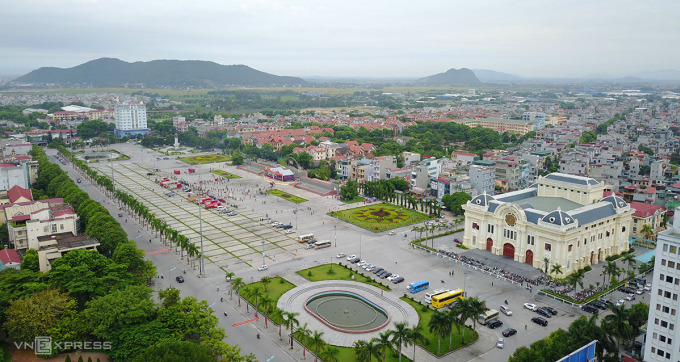
A corner of Thanh Hoa city today. Photo: Le Hoang
Thanh Hoa province will reduce one district-level administrative unit, leaving two cities (Sam Son, Thanh Hoa), two towns (Nghi Son, Bim Son) and 22 districts with 559 commune-level administrative units.
The draft project clearly states that the merger is to meet the requirements of building and developing a city worthy of a first-class urban area, with the role and position as the political, administrative, economic, cultural, social, scientific and technical center of one of the largest provinces in the country. The merger is also consistent with local culture and history, contributing to streamlining the organization of administrative units.
In addition, the Drafting Committee proposed to choose two new name options after the merger: Thanh Hoa City or Dong Son City.
A first-class urban area directly under a province functions as an economic, cultural, scientific-technical, administrative, educational-training, tourism, service, traffic and exchange center in the country, playing a role in promoting the socio-economic development of one or several inter-provincial territories.
Conditions for becoming a first-class urban area under the province: Population size from 500,000 or more, inner-city area reaches 200,000 people or more; population density from 2,000 people/km2 or more, inner-city area calculated on urban construction land area reaches 10,000 people/km2 or more; non-agricultural labor rate from 65% or more, inner-city area reaches 85% or more; level of infrastructure development and architecture, urban landscape meets prescribed standards.
Source link






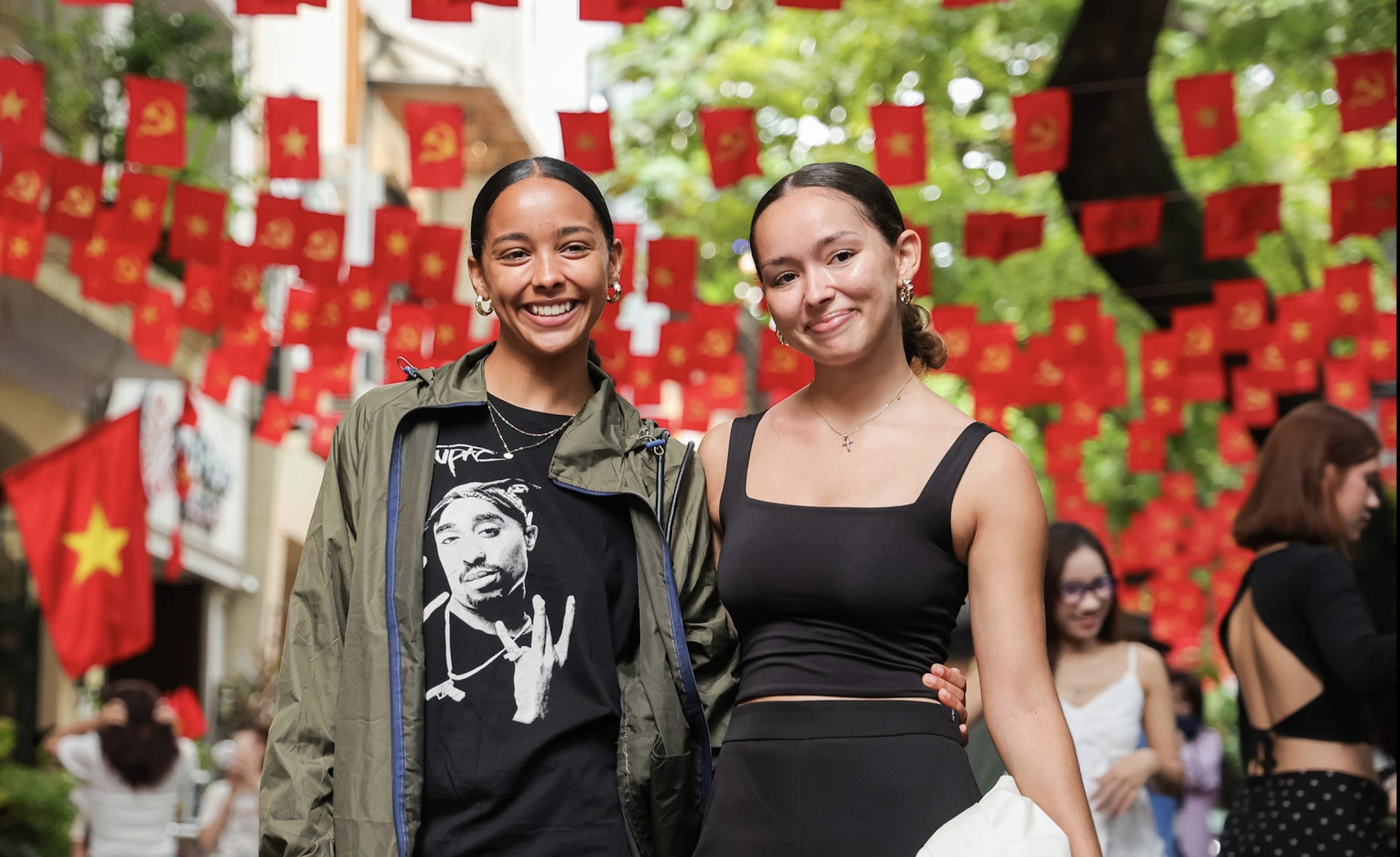
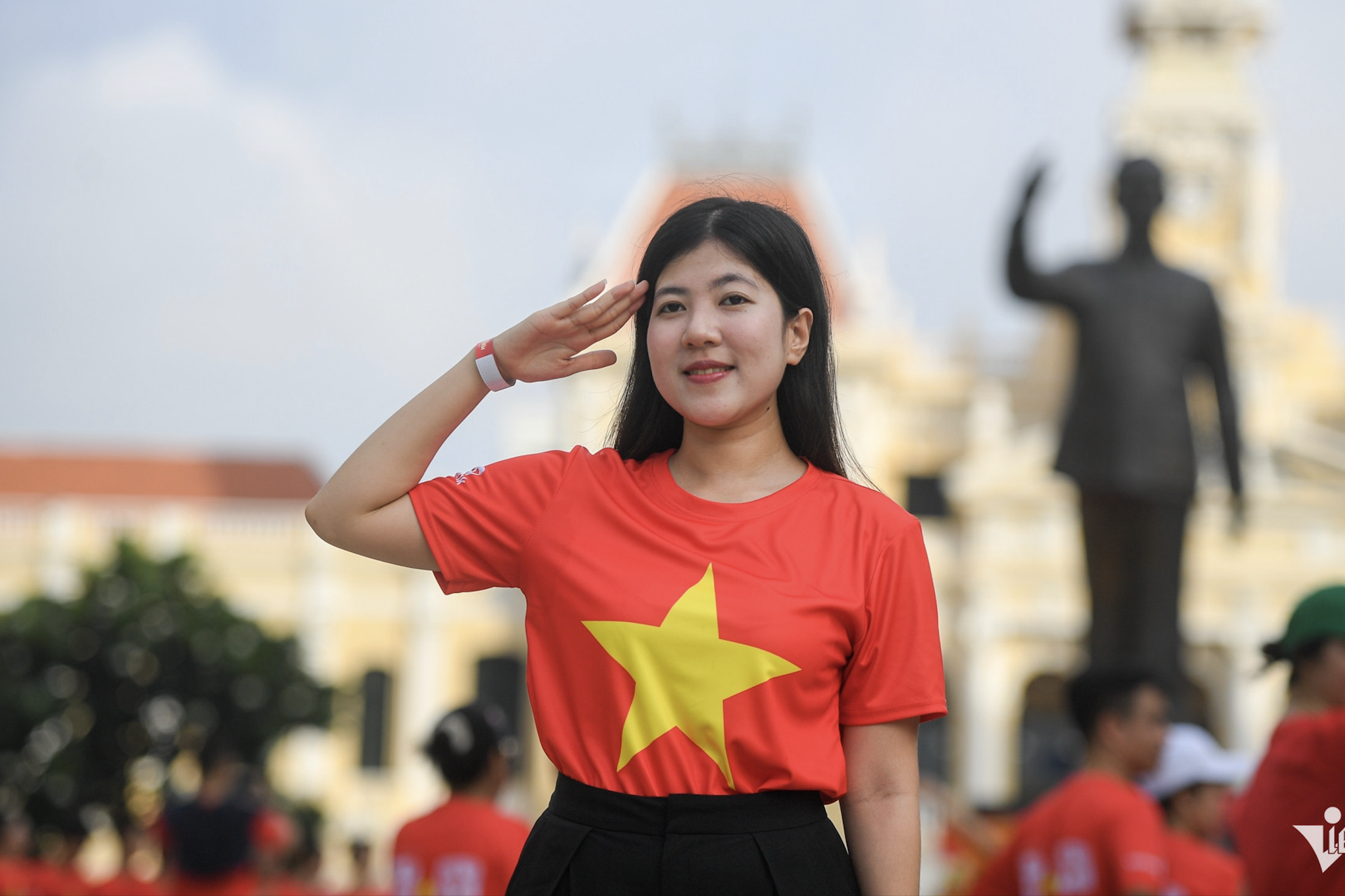




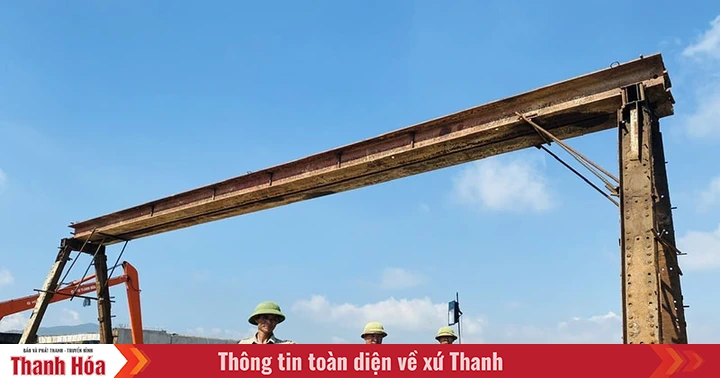
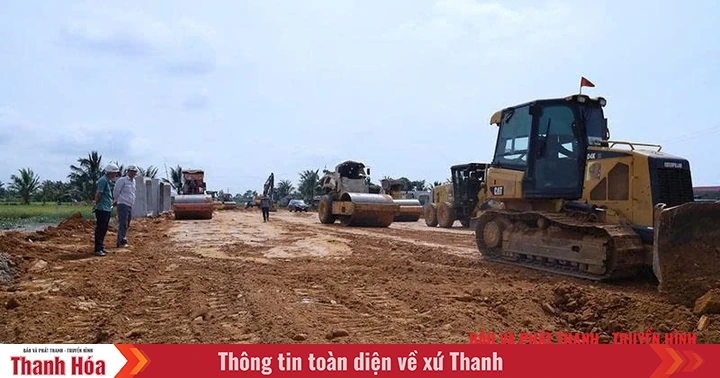










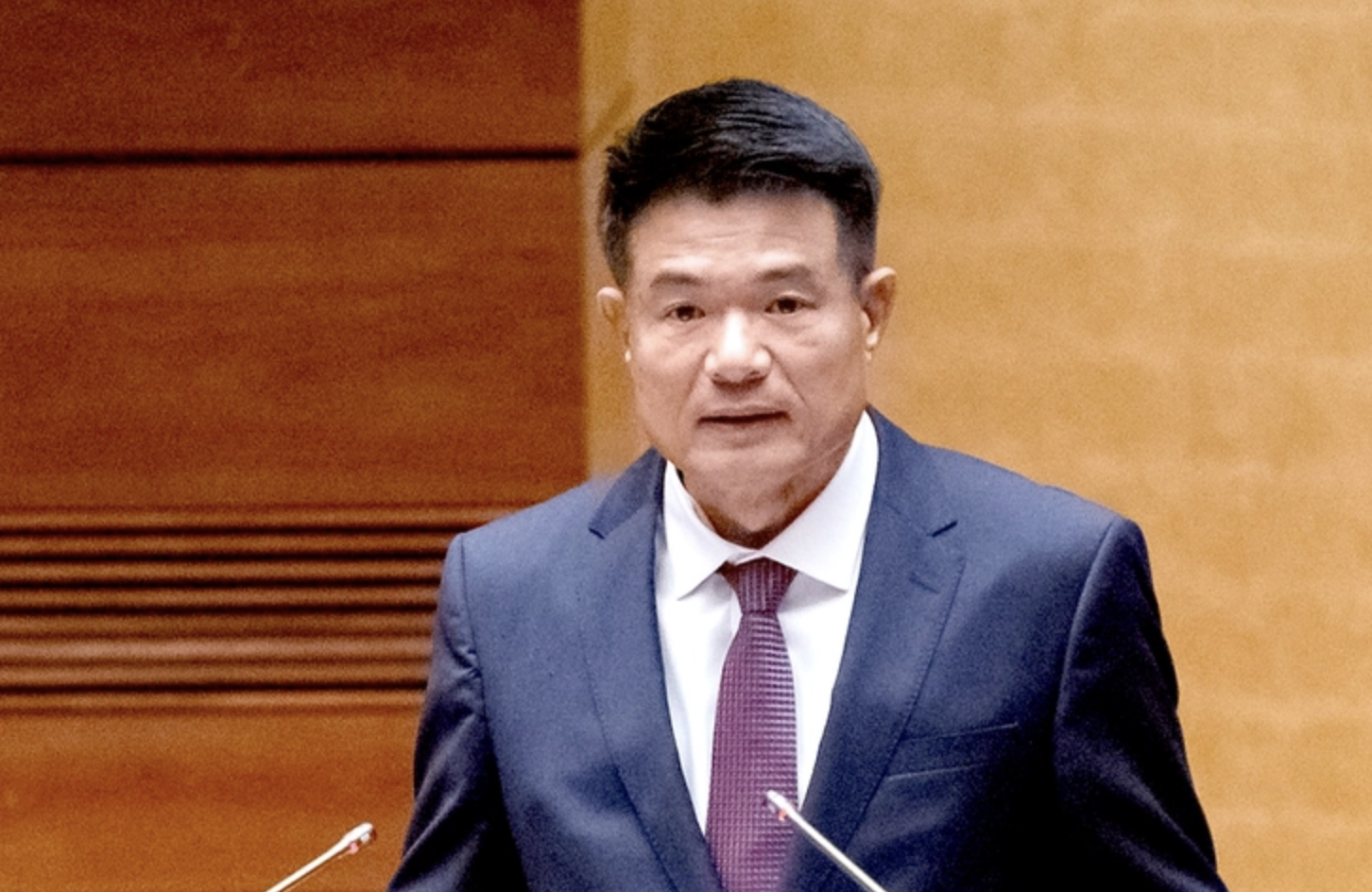

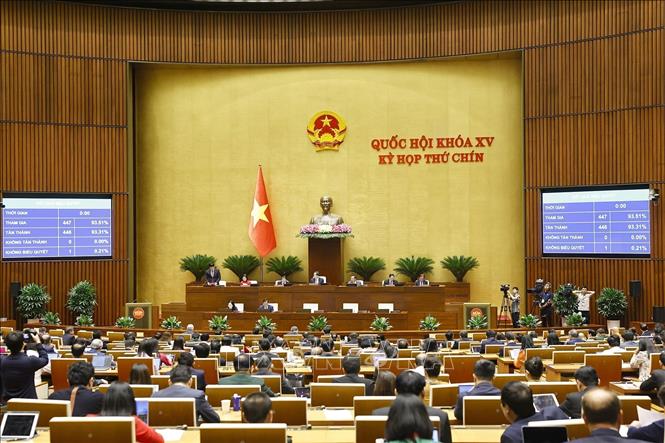











![[Photo] Prime Minister Pham Minh Chinh chairs the meeting of the Government Party Committee Standing Committee](https://vstatic.vietnam.vn/vietnam/resource/IMAGE/2025/8/23/8e94aa3d26424d1ab1528c3e4bbacc45)





































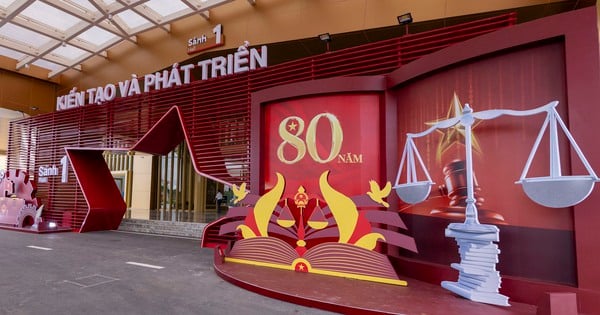



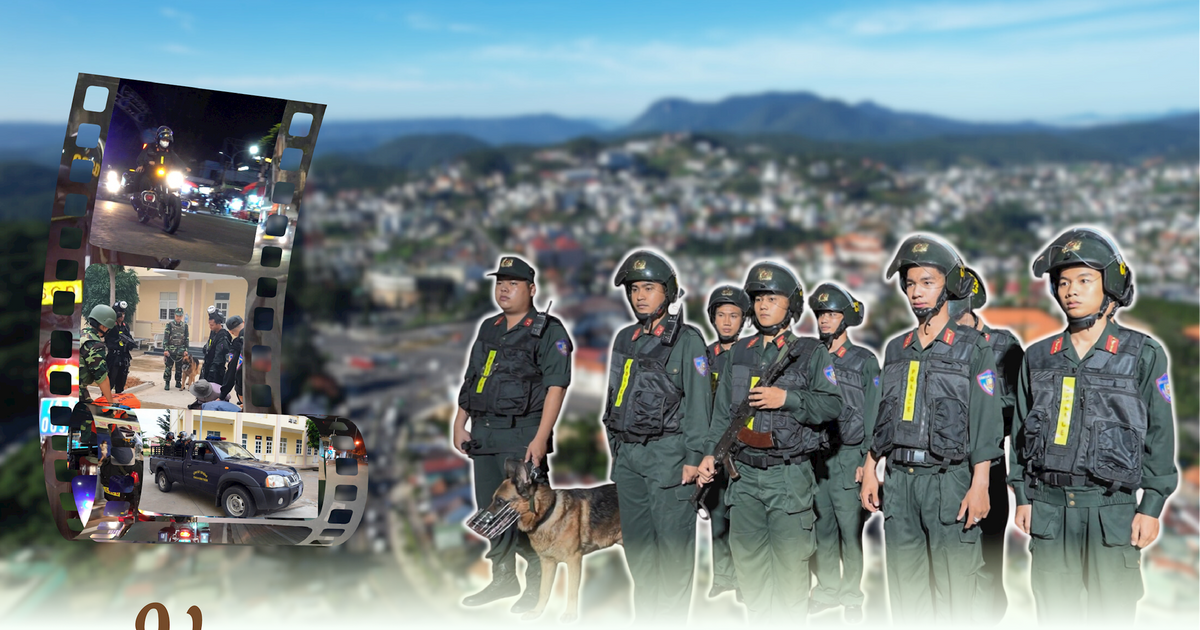



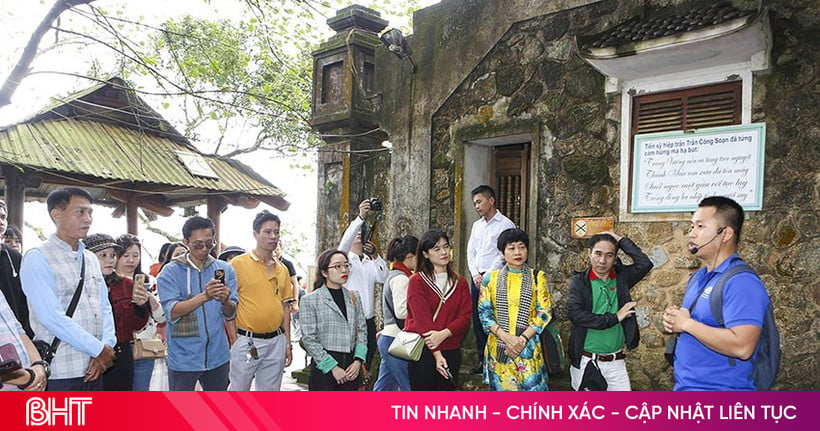

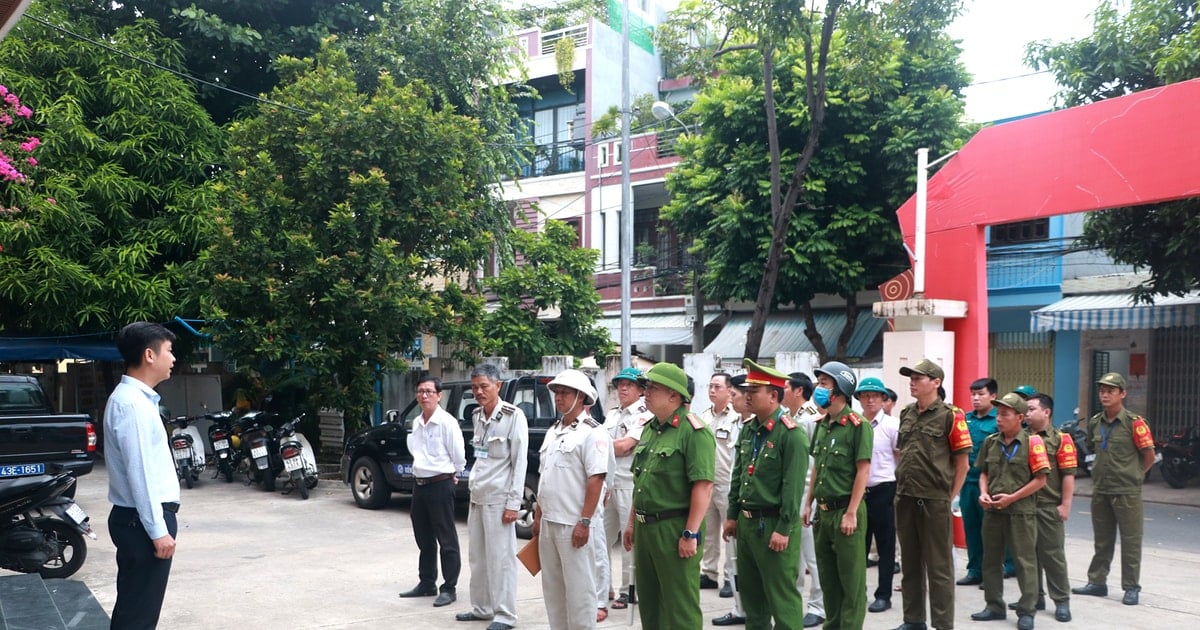


















Comment (0)